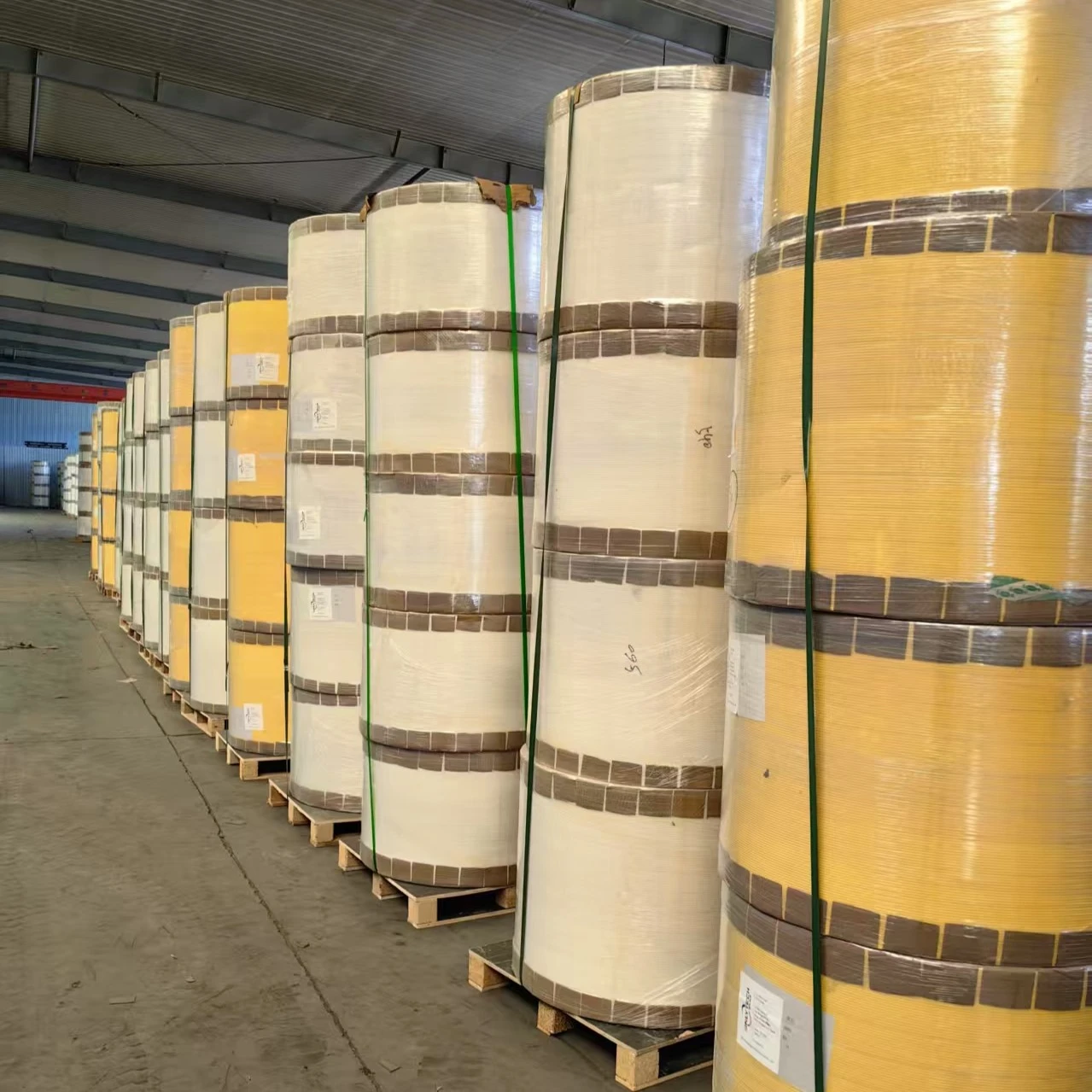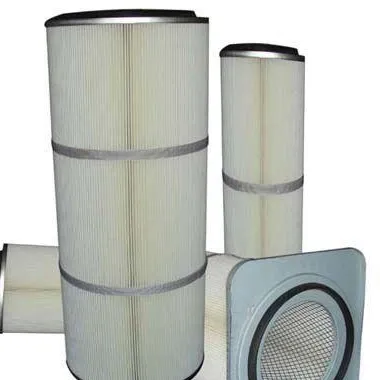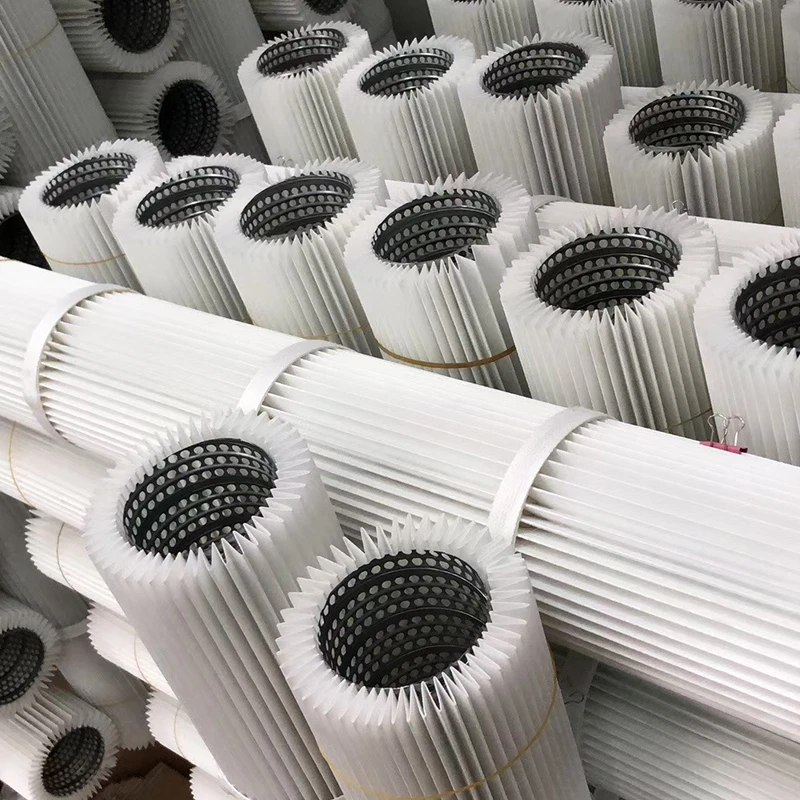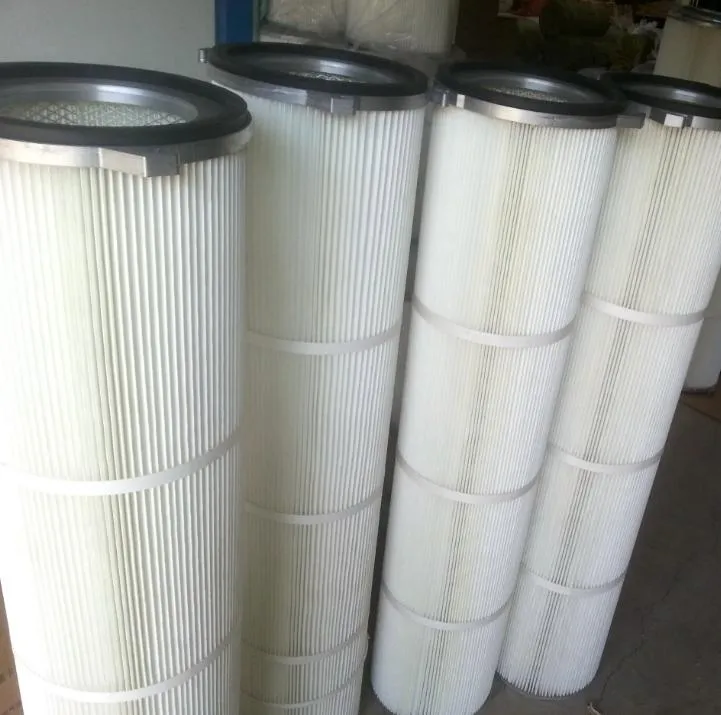 Tel:
+8618931101301
Tel:
+8618931101301
Jun . 09, 2025 21:15 Back to list
High-Efficiency Cartridge Type Air Filters Clean Air & Savings
- Introduction to cartridge filtration technology
- Data impact: Efficiency and cost savings breakdown
- Technical superiority: Advanced filtration mechanisms
- Manufacturer comparison: Performance specifications
- Customization options for specific industrial needs
- Real-world implementation case studies
- Future outlook for compressed air purification
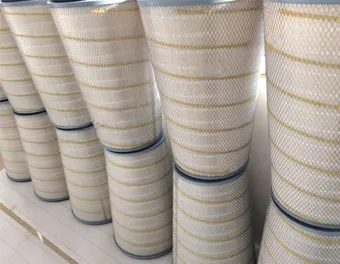
(cartridge type air filter)
The Critical Role of Cartridge Type Air Filters in Modern Industry
Cartridge type air filters represent a fundamental shift from traditional baghouse systems, employing cylindrical media that outperforms flat filter designs in numerous industrial applications. This filtration technology achieves superior particulate capture through advanced media engineering and optimized structural configurations. Compressed air systems specifically benefit from cartridge filters' high dirt-holding capacity and sustained airflow stability, making them indispensable for sensitive manufacturing processes where air purity directly impacts product quality.
Economic Impact of Modern Filtration Systems
Industrial operations face substantial financial consequences from inadequate filtration: Energy consumption accounts for 75% of compressed air system costs over a filter's lifecycle. Cartridge-type filters dramatically reduce operational expenditure by maintaining optimal air to cloth ratio for cartridge filter designs. Studies demonstrate that facilities upgrading to cartridge filtration report 22% average reduction in compressed air energy consumption. Furthermore, maintenance frequency decreases by 30-45% compared to traditional alternatives, yielding significant labor savings over operational lifetimes.
Engineering Advancements in Filtration Technology
Modern cartridge filters integrate multi-layered synthetic media with graduated density profiles that maximize particle capture efficiency. Nanofiber surface treatment technology applied to the primary filtration layer enhances dust release characteristics during pulse cleaning cycles. The cylindrical design provides 300% more effective surface area than equivalent-sized flat filters, enabling sustained operation at higher airflow velocities without pressure drop penalty. These engineering innovations extend service intervals by 60% while achieving particle capture efficiency of 99.99% at 0.5 micron, surpassing ISO 8573-1:2010 Class 1 standards.
Manufacturer Specifications Comparison
| Manufacturer | Max Pressure (PSI) | Efficiency Rating | Moisture Handling (l/m) | Lifetime (Months) |
|---|---|---|---|---|
| CompAir Pro Series | 175 | 99.98%@0.3µ | 8.5 | 24 |
| Atlas Copco HD | 200 | 99.97%@0.5µ | 7.2 | 30 |
| Ingersoll Rand P Series | 150 | 99.95%@0.7µ | 6.8 | 18 |
| Kaeser Sigma Control | 185 | 99.99%@0.4µ | 9.1 | 28 |
Each manufacturer offers specialized filtration media formulations: CompAir utilizes nanofiber-coated polyester, Atlas Copco features hydrophobic composite layers, while Kaeser's asymmetric media technology demonstrates superior moisture/oil separation characteristics at high air-to-cloth ratios above 3.0 CFM/ft².
Application-Specific Engineering Solutions
Leading filtration engineers now deploy configurable cartridge systems addressing specialized requirements. For pharmaceutical manufacturing, FDA-compliant borosilicate microfibers eliminate particulate contamination risks. Food processing operations implement antimicrobial-treated media that prevents biological growth in high-humidity environments. Automotive paint facilities require oil coalescing cartridges with dual-stage separation technology maintaining compressed air dew points below -40°F (-40°C). High-temperature manufacturing operations demand ceramic-reinforced media variants sustaining performance in 400°F (204°C) environments without degradation.
Industrial Implementation Success Stories
Aerospace CNC machining operations implemented high-efficiency air compressor filter cartridge systems achieving zero particulate rejection rates in precision component production. Semiconductor manufacturer resolved ISO Class 5 cleanroom contamination issues by installing multi-stage cartridge filtration with real-time pressure monitoring. Post-installation particle counts decreased by 98.7% while compressor energy demand reduced by 31%. Wood processing facilities eliminated combustible dust incidents through spark-resistant cartridge filters operating at 6.5:1 air-to-cloth ratio, maintaining stable system pressure at 3.0 CFM/ft² filtration velocity.
Advancing Production Quality with Cartridge Air Solutions
Operational excellence demands cartridge type air filter
systems as integral components in modern industrial air purification. Continuous innovation extends beyond traditional compressed air applications, including emission control systems meeting EPA Method 5 standards. As manufacturing precision requirements escalate, cartridge filtration technology evolves through IoT integration and predictive maintenance capabilities, ensuring unprecedented system reliability for critical processes across multiple sectors.
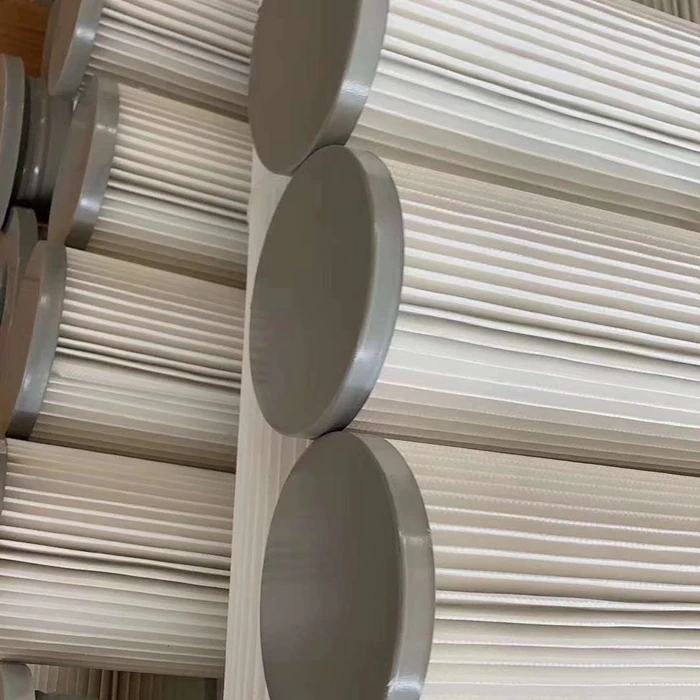
(cartridge type air filter)
FAQS on cartridge type air filter
Q: What is a cartridge type air filter?
A: A cartridge type air filter is a cylindrical filtration device used to remove particulates and contaminants from air systems. It offers high efficiency with its pleated design, making it ideal for HVAC and industrial applications.
Q: How does air to cloth ratio impact cartridge filters?
A: Air to cloth ratio measures the volume of air filtered per unit area of fabric in cartridge filters. A lower ratio enhances filtration efficiency by reducing dust buildup, but it may increase pressure drop and operating costs in systems like dust collectors.
Q: Why choose an air compressor filter cartridge?
A: Air compressor filter cartridges protect compressors by trapping oils, particles, and moisture. They ensure clean compressed air output, prolonging equipment life and reducing maintenance needs in pneumatic tools or machinery.
Q: What are the advantages of cartridge type air filters?
A: Cartridge type air filters provide large surface area for superior dust retention. They are easy to replace and handle high airflow demands with minimal energy loss, perfect for environments needing efficient particulate removal.
Q: How often should you replace an air compressor filter cartridge?
A: Replace air compressor filter cartridges based on manufacturer guidelines, typically every 6-12 months. Regular checks for clogging help prevent system inefficiencies and ensure continuous protection of compressed air quality.
-
Smart Filtration with Advanced Dust Cartridge TechnologyNewsJul.21,2025
-
Reliable Air Protection from Leading Gas Turbine Filter ManufacturersNewsJul.21,2025
-
Premium Air Filtration Solutions with Advanced Air Filter Cartridge TechnologyNewsJul.21,2025
-
Optimizing Industrial Air Quality with Dust Collector Filter CartridgeNewsJul.21,2025
-
Industrial Air Quality Enhancement with Advanced Filter CartridgeNewsJul.21,2025
-
High-Efficiency Protection with Advanced Gas Turbine FiltersNewsJul.21,2025

 Email:
Email:
